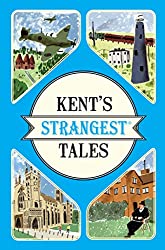Uncover west Kent’s nautical history,
Dickensian past and charming rural villagesYes, we’re off on another Kent road trip in the “Garden of England”. Discovering the ancient town of Rochester and its intriguing past, the picturesque villages of Aylesford and Upnor and a couple of little treats thrown in.
I love creating these road trips around my home county of Kent. It encourages me to dig a little deeper into our local history, venture off on a detour across our beautiful countryside and avoid taking familiar routes.
You’ll be amazed at what is on your doorstep, so often we take it all for granted. For this Kent road trip, we were inspired by the River Medway’s maritime history, two castles that protect it, nearby villages, and tracing the renowned English author Charles Dickens’ footsteps.
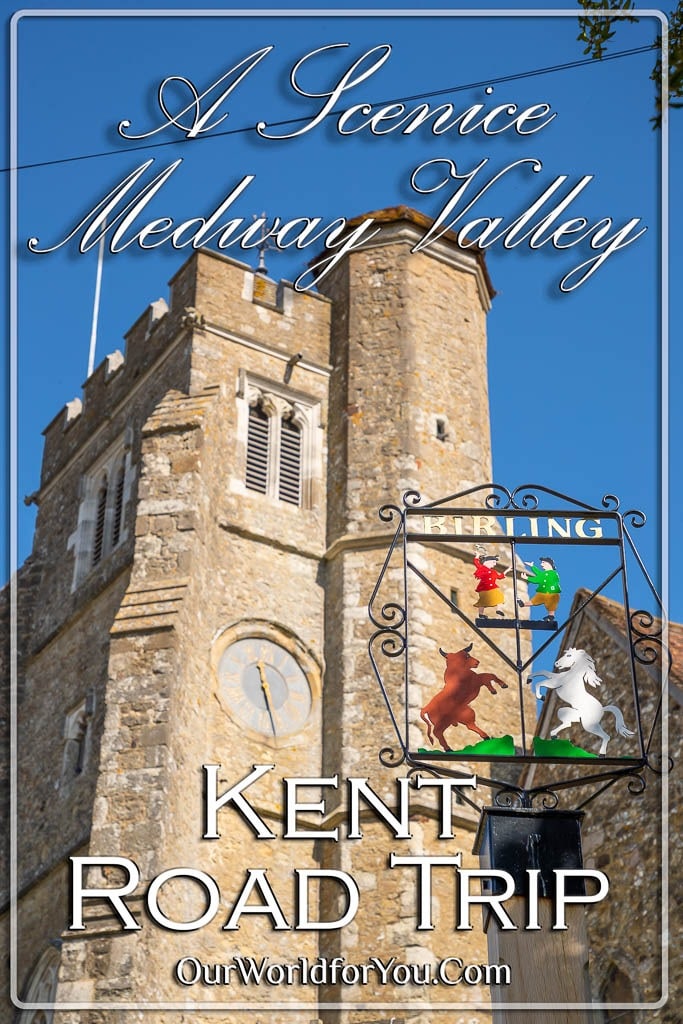
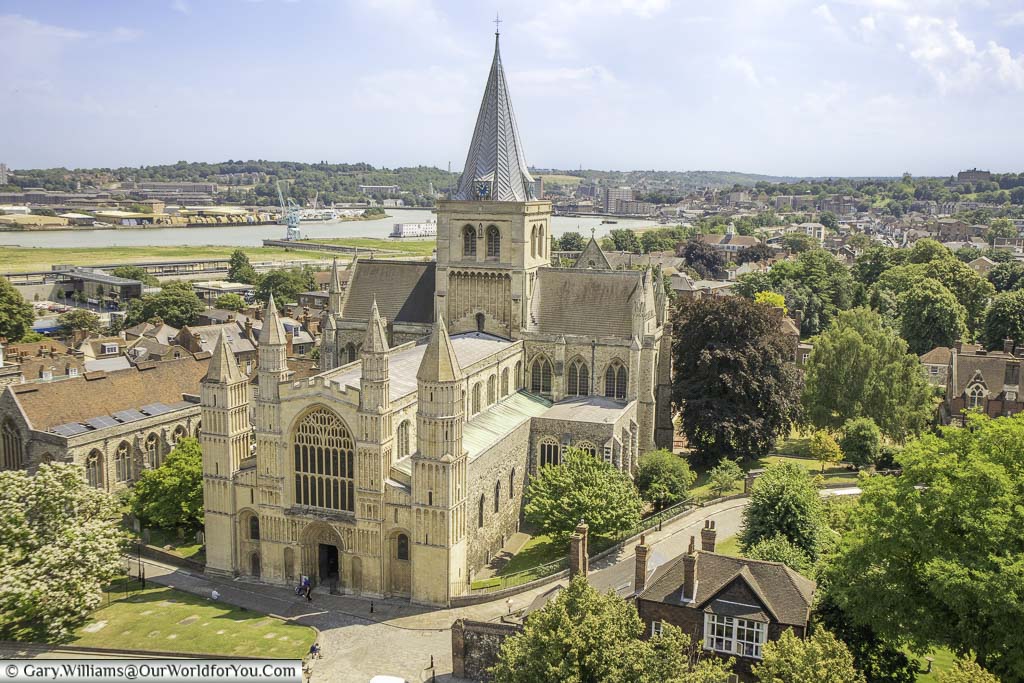
The Destinations
The picturesque and iconic view of Aylesford can be seen from the modern bridge that now crosses the River Medway. Once parked up, walk to the brow of the bridge, you’ll be greeted with such a charming view. The Norman Church of St Peter and St Paul stands proud in the background. The rooftops of the timber-framed dwellings lie beneath and the ancient Aylesford bridge in the foreground.
Continue over the bridge. You can then admire the River Medway's views from the pedestrianised Medieval bridge, believed to date from the 14th-century.
The historic High Street in Aylesford is very cute; you feel like you are strolling through a Dickensian film set. Half-timbered inns and quaint terrace cottages line the village.
Aylesford Friars
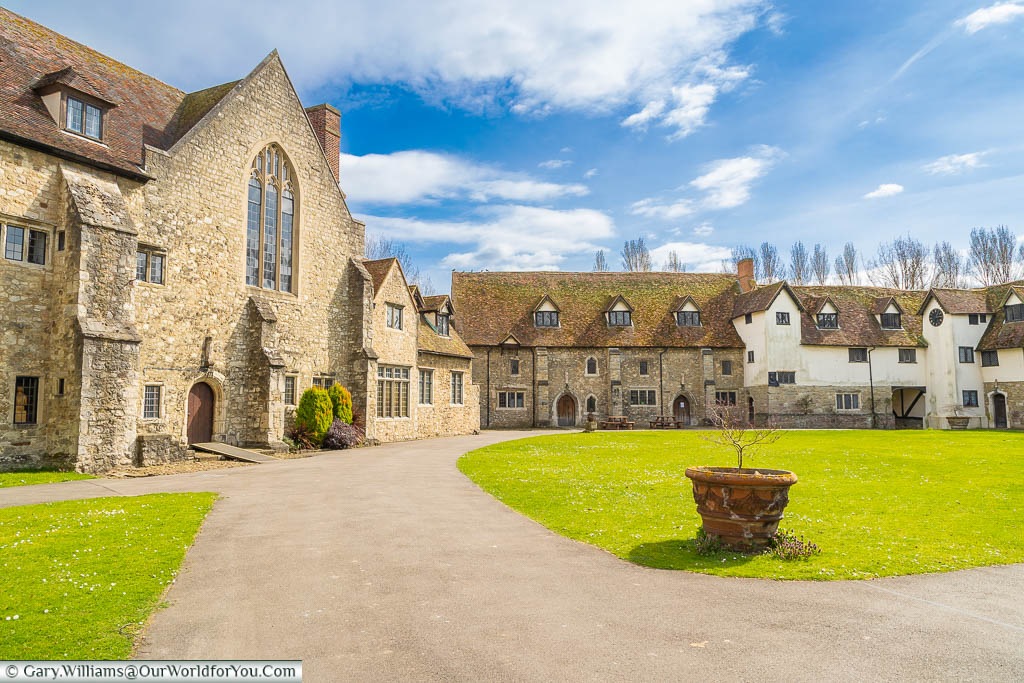
The Friars at Aylesford was founded in 1242. The Carmelite convent continued to build a small Friars community; however, they were forced to leave in 1538, since the Dissolution of The Monasteries.
It was around 400 years later, in 1949, that the Carmelite Friars returned to the Medieval Priory and built the tranquil and welcoming Friars we have today.
Aylesford Neolithic history and World War heroes
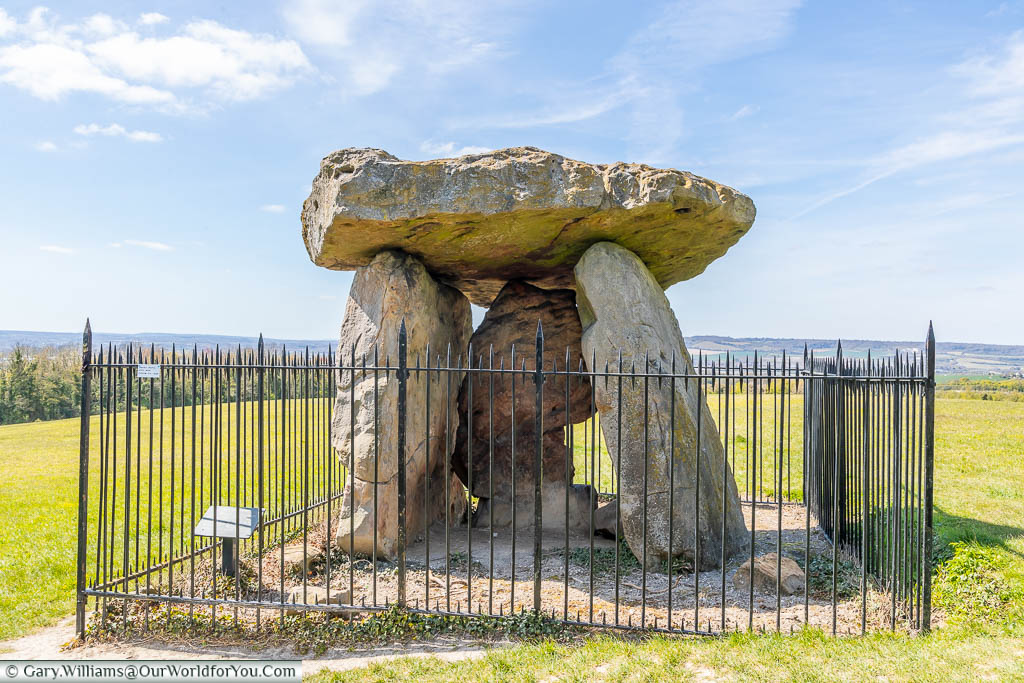
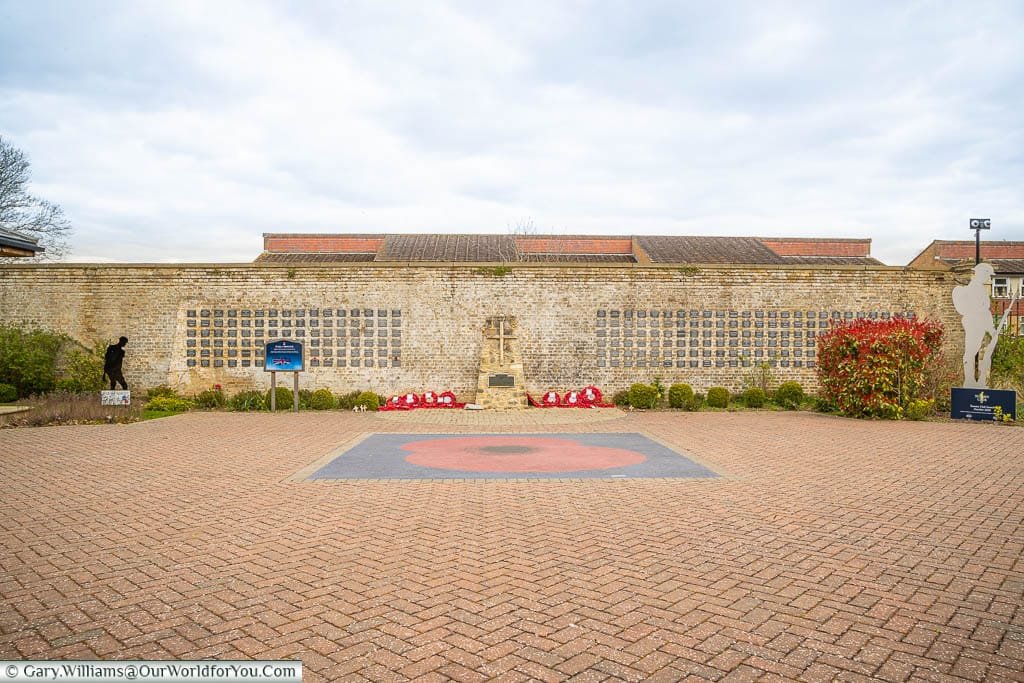
Where to stay near Aylesford
- Village Hotel Maidstone – This comfortable hotel is 100 yards from the River Medway and 2 miles from Aylesford village. It has plenty of on-site parking.
- The Friars, Aylesford – For something a little different, stay at the historic Friars. Offering comfortable and peaceful surroundings.
To visit nearby Aylesford
- The Neolithic ruins of Kit’s Coty House
- The Friars Aylesford, visit the open-air Carmelite Main Shrine and the peaceful gardens. Entry is free; however, donations are very welcome.
- Kent Life, the Heritage Farm Park, is a 28-acre site demonstrating farm life in Kent through the centuries.
Heading onto our second destination just 5.5 miles (9km) east is the charming Saxon village of Ryarsh.
Keep an eye out for the righthand turn of Roughetts Road off the A20 the road sign is very small.
Parking in Ryarsh is at the local village hall, so it’s very convenient.
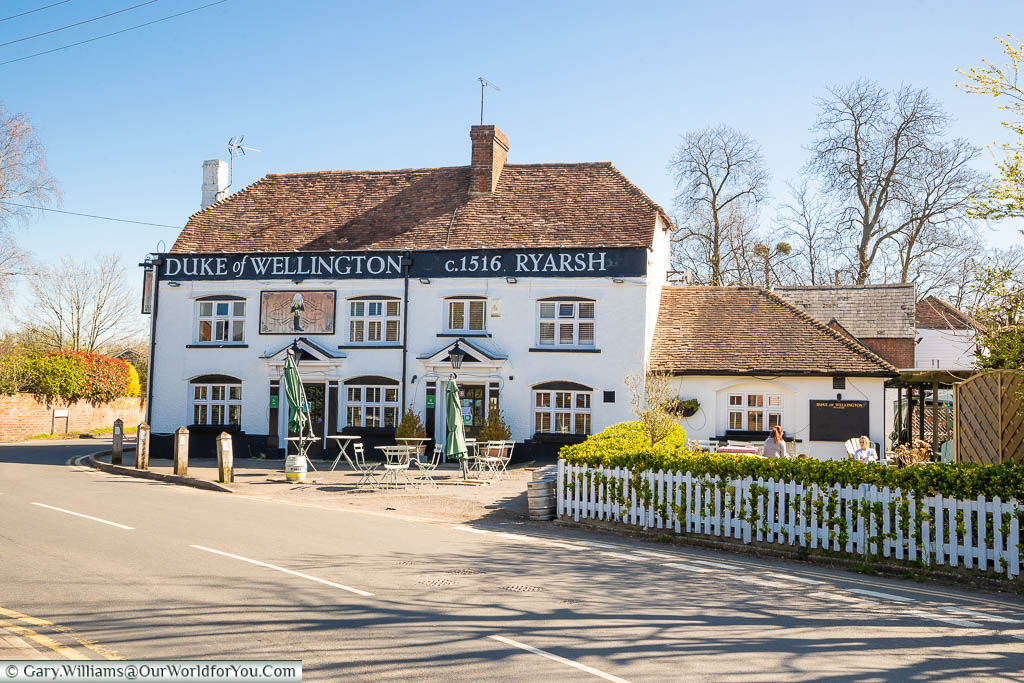
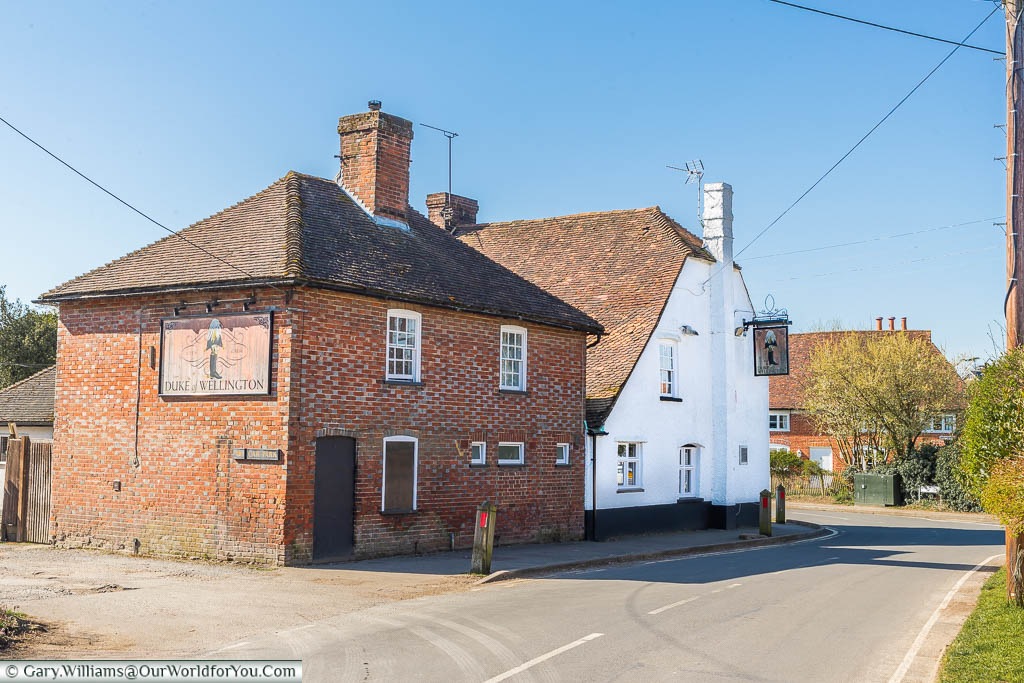
The Duke of Wellington pub was built during King Henry VIII's reign, on a site believed to have once been a refectory and chapel during William the Conqueror’s reign. The old refectory was owned by Benedictine Monks who would have provided food and ale to pilgrims passing through.
The inn was previously named the ‘Cock and Coney’, it was in 1815 that the pub sign of the “Duke of Wellington” was hung in honour of Wellington’s victory at Waterloo in June 1815.
Where to stay near Ryarsh
More Info
If you're intrigued by Kent's weird and wonderful history, or all unusual stories around the county, then take a peek at "Kent's Strangest Tales".
You won't be able to put it down, you can pick it up for your Kindle or in good old paperback.
Just one mile from Ryarsh, we visit the village of Birling, which was also mentioned in the Domesday Book of 1086.
Drive around the back of All Saints Church to find the free, local car park and some lovely footpaths and tracks across the surrounding countryside.
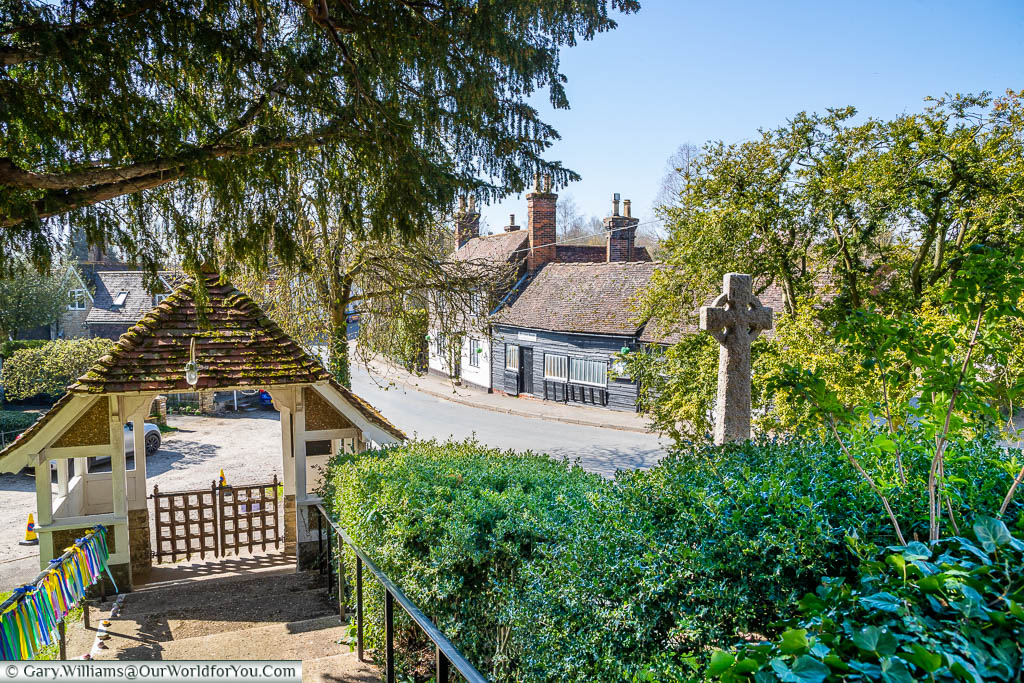
Birling, like its neighbour Ryarsh is a tiny village; it has charming, historic stone cottages dotted around the church and a little stream running along the roadside. Don’t miss the delightful black, wooden weatherboarded house and barn, once an old forge.
What I often find remarkable about some of these tiny villages are the local churches' size, and Birling is no different. Even though its population has barely risen over 500 people in centuries.
All Saints Church is really quite striking, sitting high on an elevated section of Birling with its village war memorial at its feet. The church stands as a solid communal part of village life.
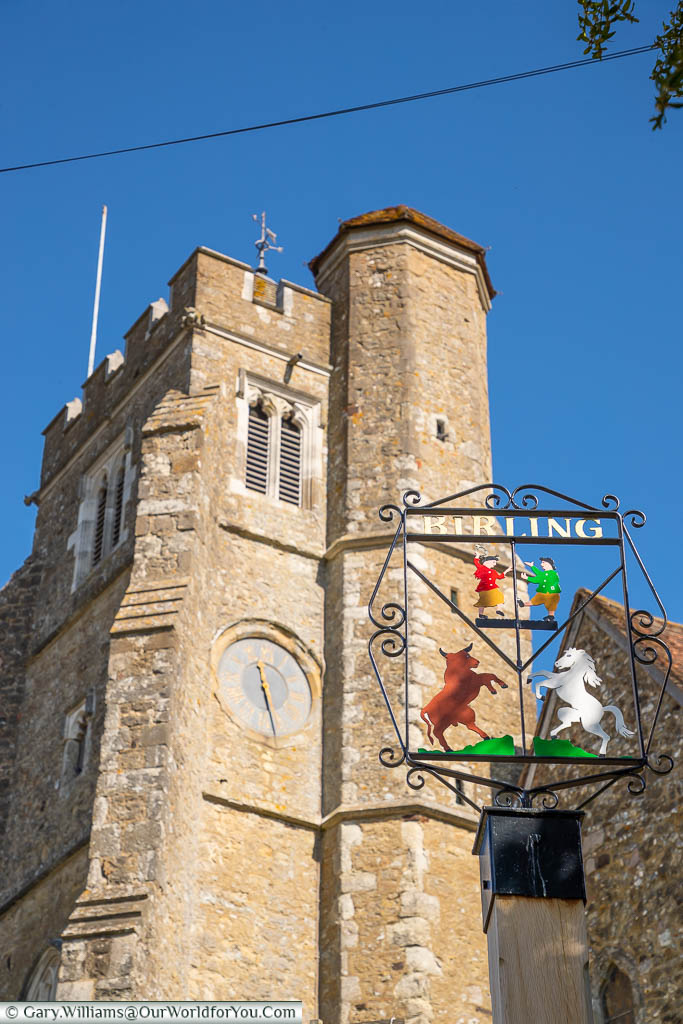
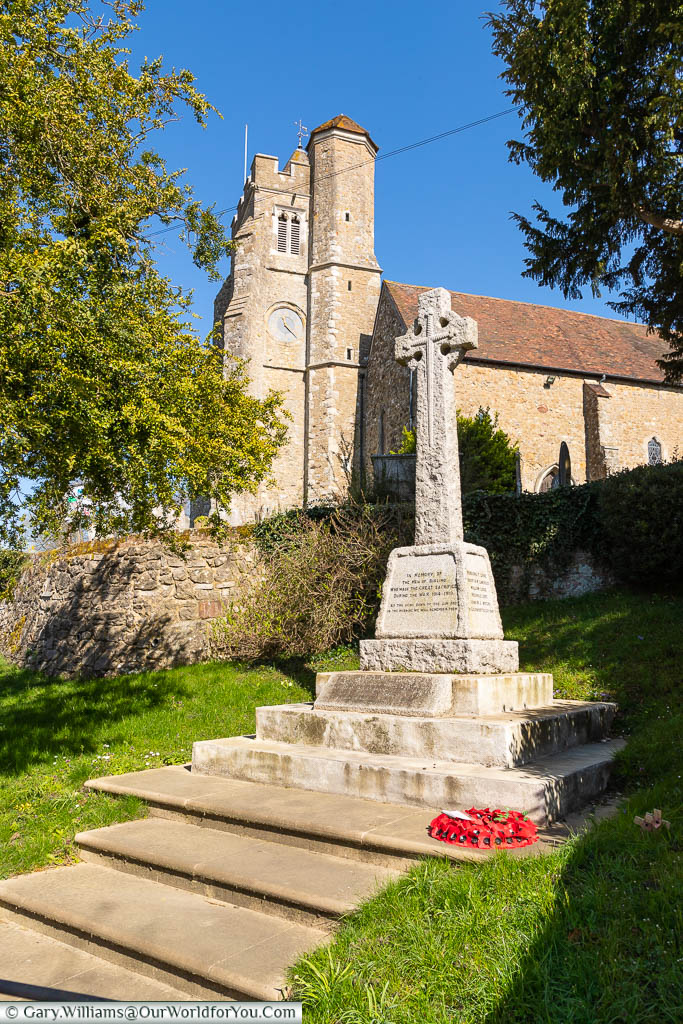
Cross country route to Cobham
The journey to Cobham village is only around 8.3 miles (13.3km); however, we want to enjoy the rolling Kent countryside and the winding lanes as we go.
Therefore, our route is as follows from Birling: Stangate Road leads onto Birling Hill, White Horse Road and then White Horse Lane, towards ‘Harvel’. Passing through Harvel admiring the duck pond and thatched cottages en-route, pick up David St and Whitehill Rd towards Meopham.
Turn right for a brief journey on Wrotham Road and then turn right again into Green Lane, Camer St towards the hamlet of ‘Sole Street’. Heading through Sole Street until you reach a crossroads, turn right into The St, and you’ve arrived at Cobham.
Jumping back in the car, we’re off to the historic village of Cobham, crossing the North Downs (AONB), the Pilgrims Way and passing through picturesque locations en-route. (See our little tip box above for our exact route to Cobham).
A free public car park is located in the village by Cobham cricket club.
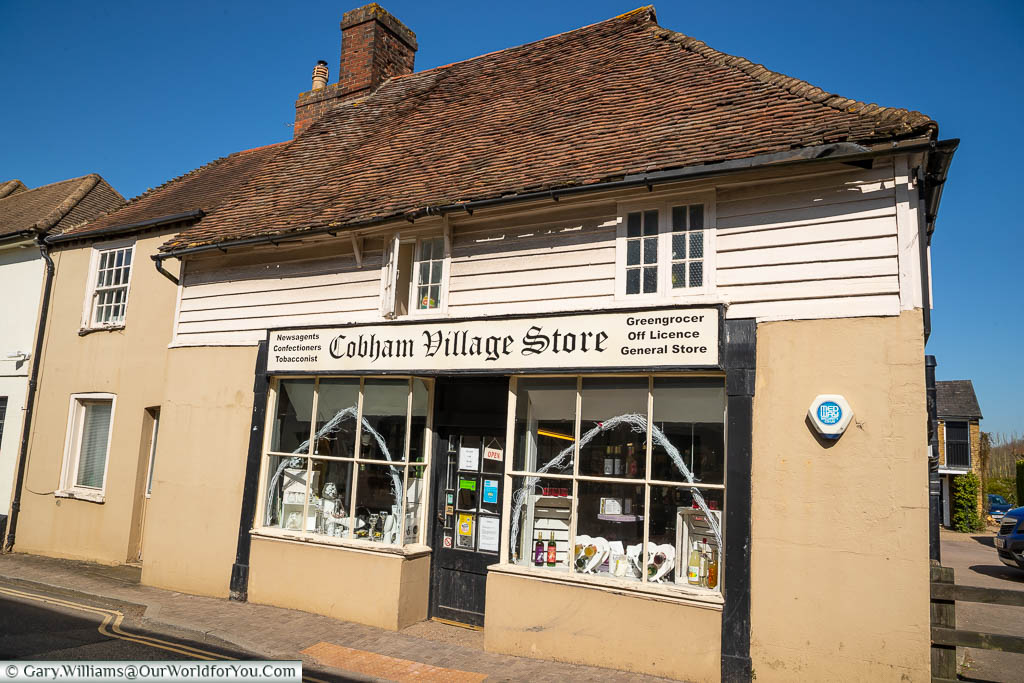
Cobham is a very picturesque village, it’s hard to believe that a motorway is just a stone throw away. You feel like you are miles from anywhere, and you stepped into another era. People are playing crown green bowls, the local cricket team limbering up in their crisp whites and friends sharing a natter over their garden fence.
It’s not surprising that Charles Dickens visited Cobham regularly. Mr Dickens would often head to the timber-framed alehouse, The Leather Bottle, where he was known to have stayed in rooms 2 & 6. The Leather Bottle Inn features in the novel by Charles Dickens, The Pickwick Papers.
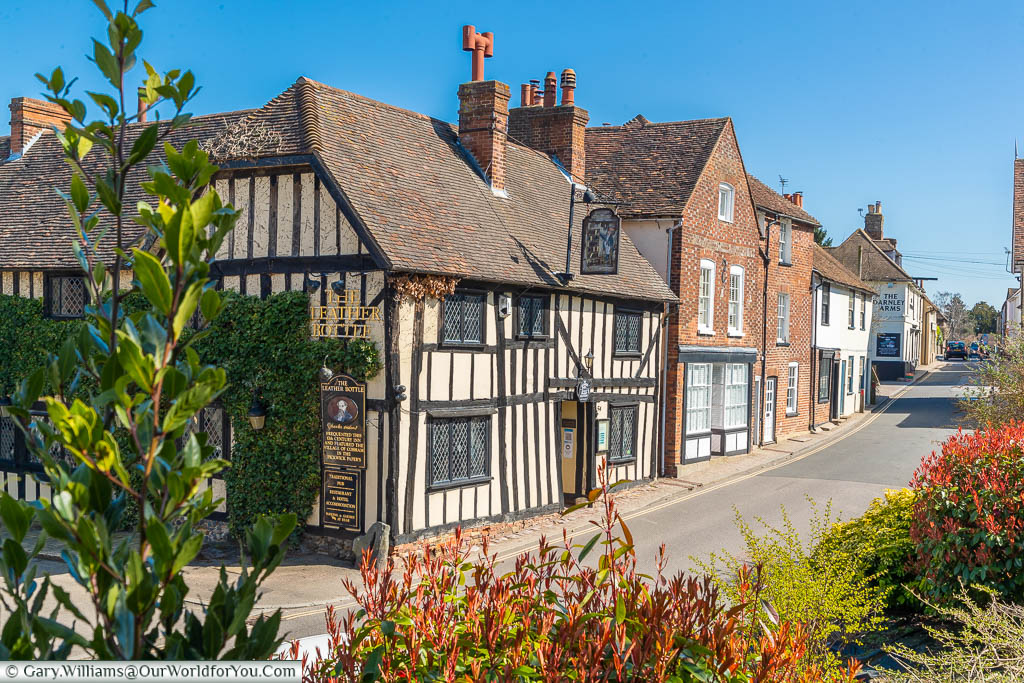
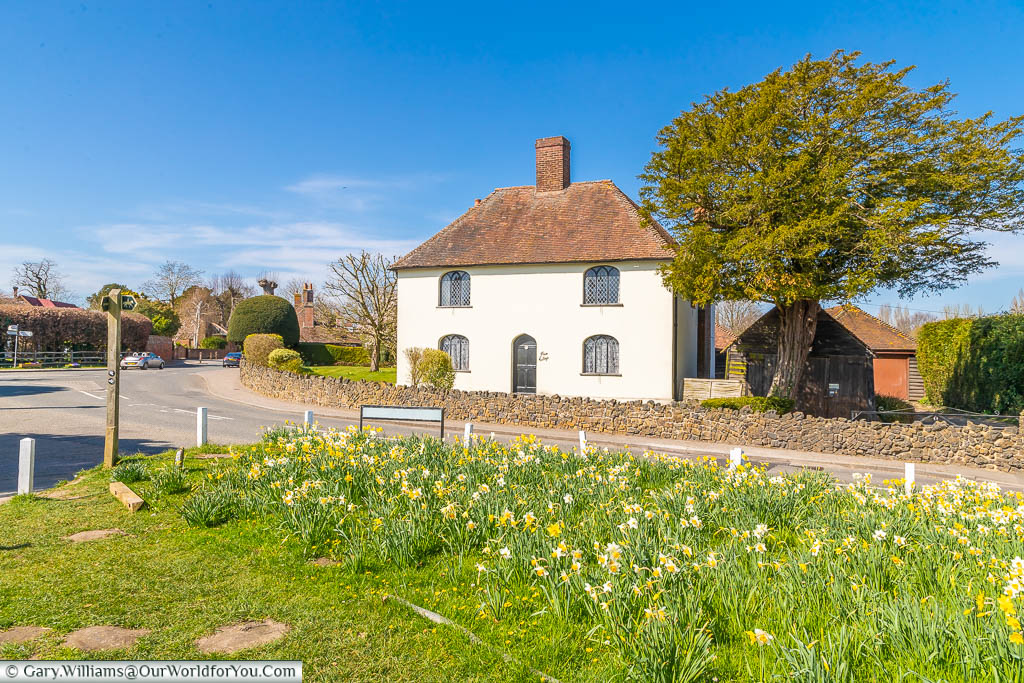
Where to stay in Cobham
- Wisteria Cottage – In the heart of Cobham village, this delightful and charming cottage is fully equipped and is like a home from home
- The Leather Bottle – A Picturesque timber-framed inn, which is also in the heart of Cobham, is overflowing with history. The author Charles Dickens stayed here on several occasions.
To visit nearby Cobham
- Dode Church in The Lost Village of Dode
- Explore Cobham Park and the Darnley Mausoleum, managed by the National Trust
- Visit Owletts, the family home of British architect Sir Herbert Baker. Also managed by the National Trust.
We’re heading to the tiny village of Upnor, located on the River Medway banks, for our next destination. Ohh, yes, and it has a castle.
Upnor is only 7.7 miles (12.4 km) from Cobham; we leave by crossing over the A2 to pick a more scenic route towards Shorne and Gad’s Hill.
For our Charles Dickens fans, Gad’s Hill Place was the author's former family home and died here in June 1870. Gad’s Hill Place is now an independent school.
Journeying along Brewers Road, we pass by a Shorne Woods Country Park and continue along Peartree Lane. Turning right into Gravesend Road, pick up the A289 and follow the signs to Upnor. Upon reaching Upnor, drive along Upnor Road to Upnor Castle free car park.
The pleasure of visiting Upnor doesn’t begin at Upnor Castle; you have the delight of strolling down the cobble-stoned lane of Upnor High Street. This is an incredibly attractive little street, and it is so well hidden away. You feel like you’ve stumbled upon a secret retreat that wouldn’t look out of place on a period drama movie set.
Charming stone cottages and white weatherboarding historic homes lead you through the riverside village, down the lane to the flowing heart of this Kent region, the River Medway.
Now it’s time to visit Upnor Castle, which is lovingly managed by English Heritage.
Built during the 16th-century, Upnor Castle is located directly on the River Medway banks, in a prime position to fend off the enemy sailing in from the mouth of the River Thames.
We have created a little YouTube video of Upnor - why not check it out?
Why not subscribe to our YouTube channel and get the latest clips as we post them?
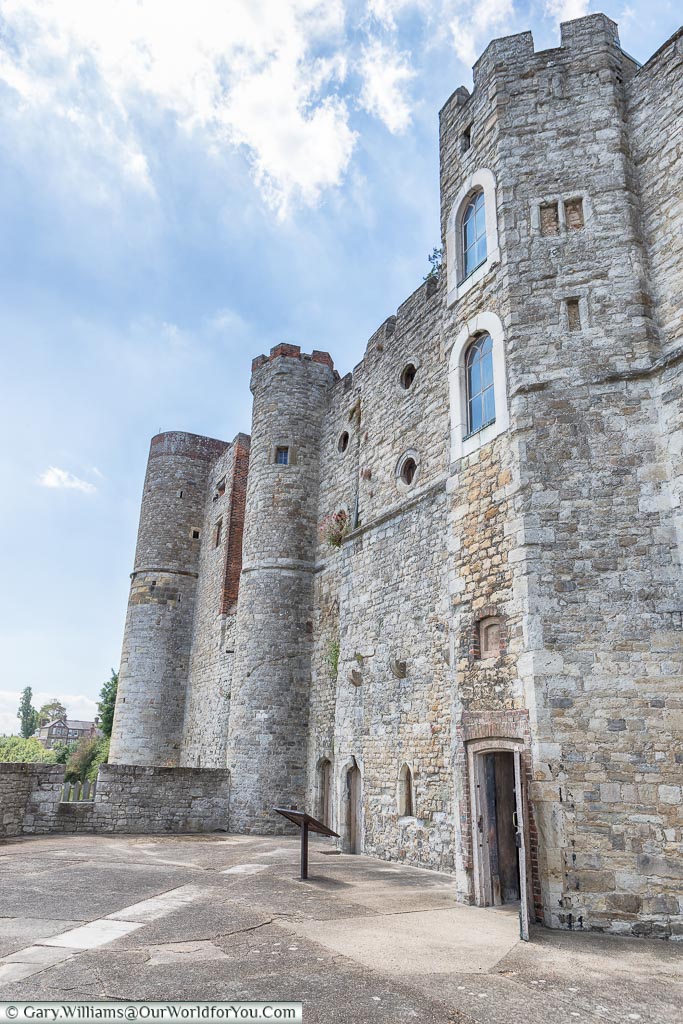
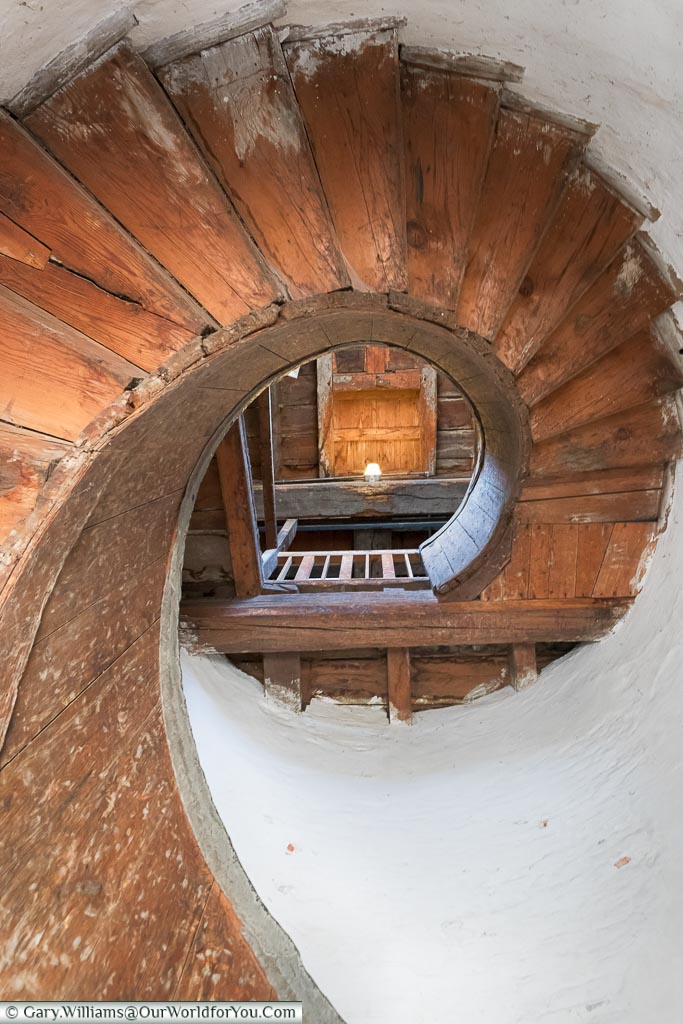
Where to stay in Upnor
Where to visit in Upnor
- Visit Upnor Castle, an Elizabethan artillery fort set in tranquil riverside gardens.
As you can guess, Lower Upnor is very close to Upnor (or Upper Upnor, whichever you prefer). In fact, it’s less than one mile. You can either walk to Lower Upnor or jump in your car and head to the far end of Lower Upnor, as there is a free public car park larger than Upnor Castle car park.
Lower Upnor, like its sister, is relatively small; however, what it lacks in size, it makes up for in character. Show me a river any day of the week, and I’m happy.
Lower Upnor may not be as polished as other riverside locations, but for me, that’s its charm. Strolling from the car park, head back towards Upnor Sailing Club and along the river path.
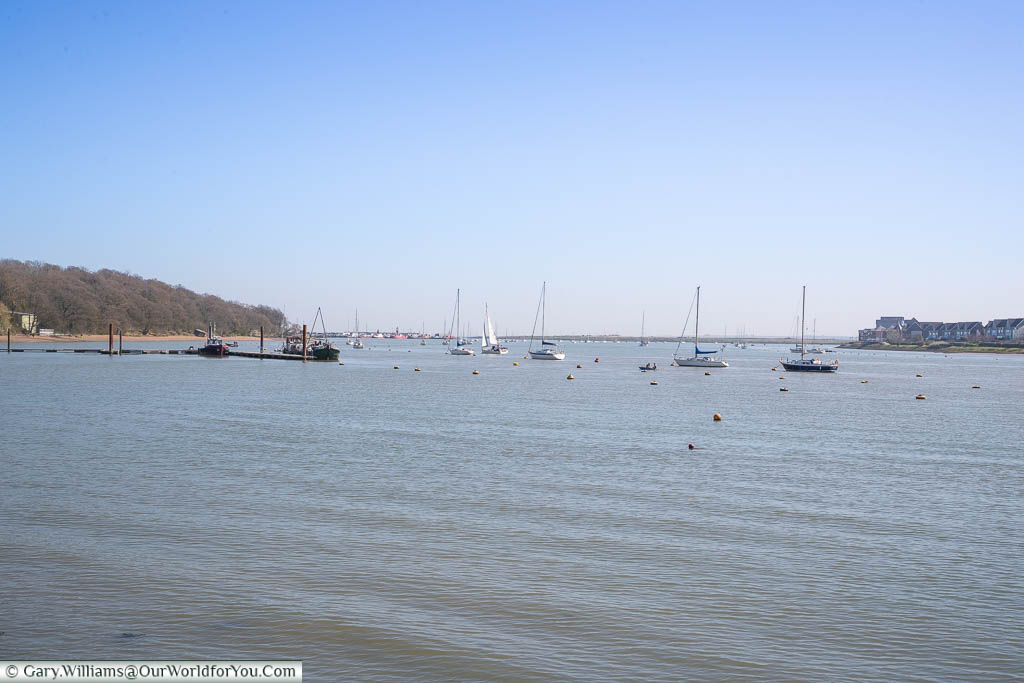
Don’t miss the HMS Arethusa figurehead; she was mounted on the bow of the Royal Navy ship in 1849 and witnessed action first-hand at the Crimean War in 1854. Today the magnificent wooden figurehead is Grade II listed.
After its naval service, HMS Arethusa was used as a training ship. A children’s society was set up in the late 1800s; an initiative was undertaken to help young boys from London workhouses and give them maritime training in Kent.
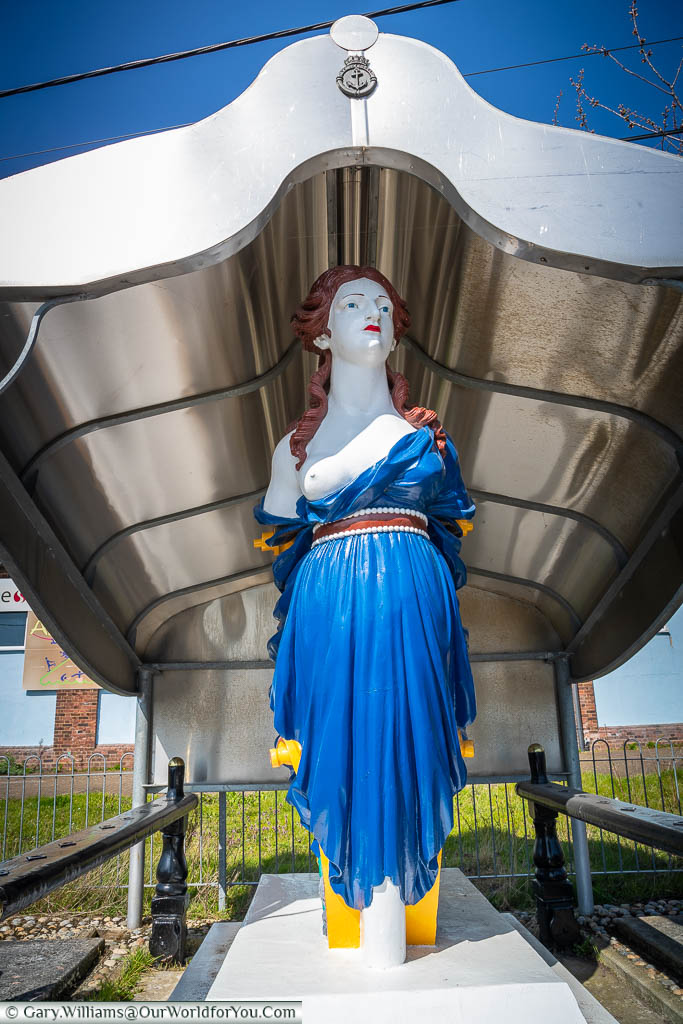
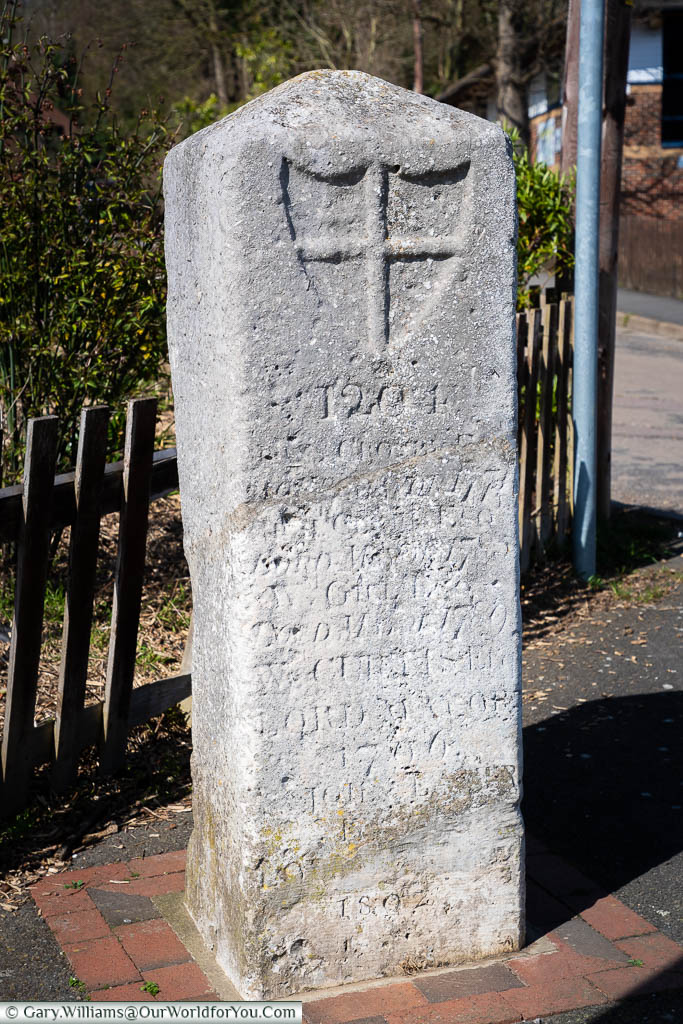
Wandering further along the river, you’ll also see two London Stones. The London Stones are boundary stones and can be spotted at various points along the River Thames and the River Medway. The smaller stone dates from the 18th-century and marks the boundary limit of the charter rights for London Fishermen.
Even though Lower Upnor only has a small stretch of shoreline, it has managed to squeeze in two pubs, The Ship and The Pier.
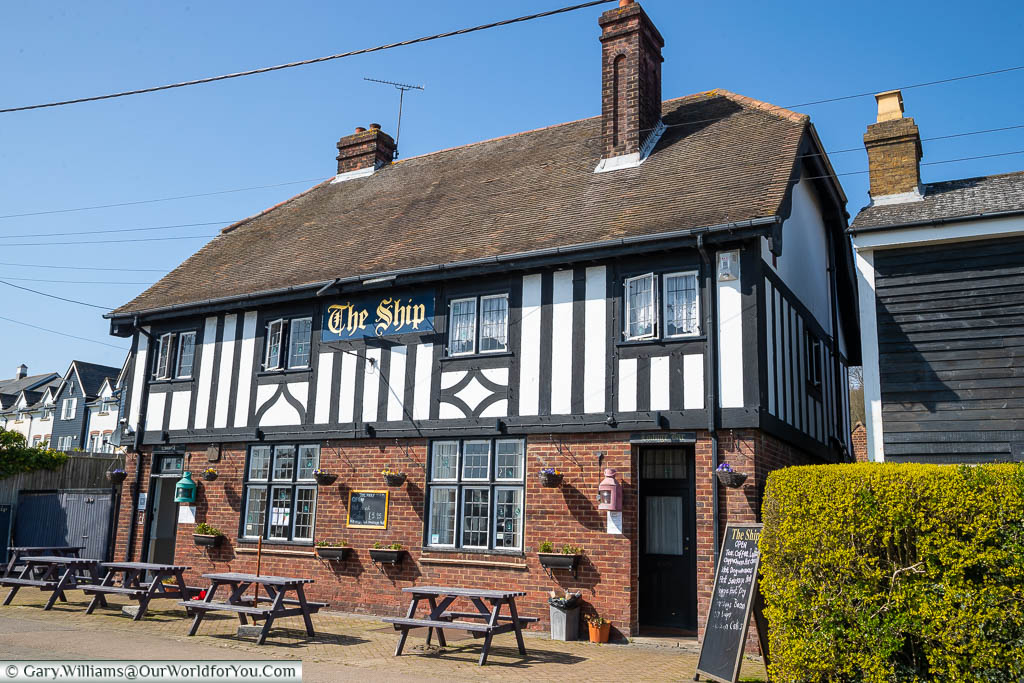
Our other Kent road trips
Discover Kent on a rural road trip, lush rolling countryside filled with orchards, vineyards, quaint villages and oast houses, so it makes for a perfick visit.
If you fancy heading to the seaside, grab your bucket and spade and tour 11 of Kent’s coastal towns.
We’re now heading east across the River Medway to the Historic Dockyard Chatham; I told you I love all things nautical.
Once again, the distance is short, it’s just around 3 miles (5 km). Leaving Lower Upnor, pick up Upnor Road, turn left onto the A289 and under the Medway Tunnel. From here, the Historic Dockyard Chatham is signposted and is on your right-hand side.
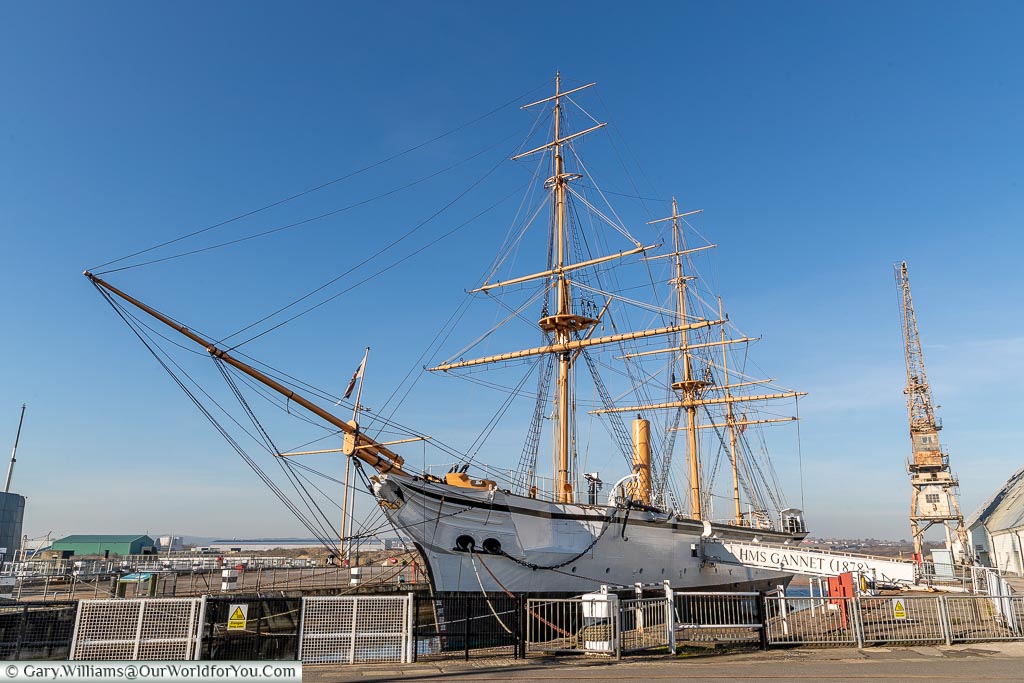
Chatham Dockyard is a fantastic place to visit, whichever age you are. Its maritime history dates back over 400 years; it has three seafaring vessels to discover and clamber through and, in more recent years, has been a star of the silver screen.
Chatham Dockyard’s most famous daughter is the spectacular warship “HMS Victory”, which was launched from Chatham on 7th May 1765.
HMS Victory was Admiral Lord Nelson’s flagship during the Battle of Trafalgar in 1805. You’ll soon see the connection to our last destination on this road trip, Wouldham Church.
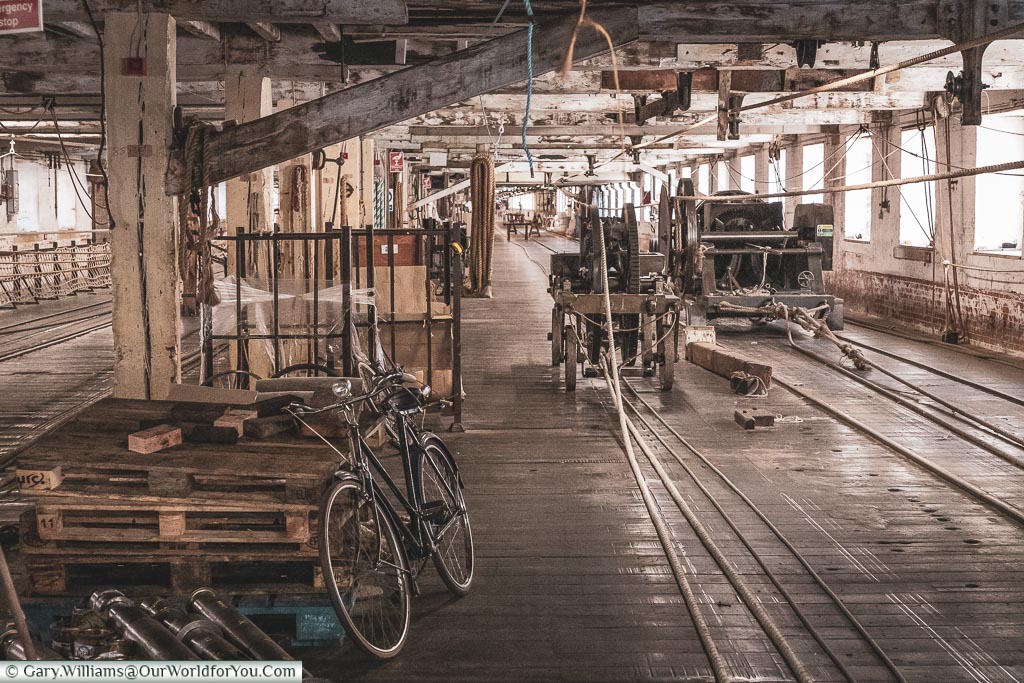
Strolling around the lanes by the ¼ mile-long ropery warehouse, you appreciate why this dockyard has been so lovingly maintained as a historic site. Do you recognise scenes from your favourite TV shows or movies? Sections of Call the Midwife, Bridgerton and Sherlock Holmes were filmed here, to name just a few.
We have created a little YouTube video of our Historic Dockyard experience - why not check it out?
Why not subscribe to our YouTube channel and get the latest clips as we post them?
Chatham Maritime Marina
If you’ve haven’t had your full fix of all things nautical, then head to Chatham Maritime Marina.
This is a great place to chill, enjoy the harbourside al-fresco dining. If you fancy it, you can always treat yourself to a spot of retail therapy at the Dockside Outlet Shopping Centre.
Chatham Marina is a pleasant place to stroll around; there always seems to be something going on. Sailing boats regularly cruise in and out of the marina gates, and locals are ambling around enjoying the fresh air with their families.
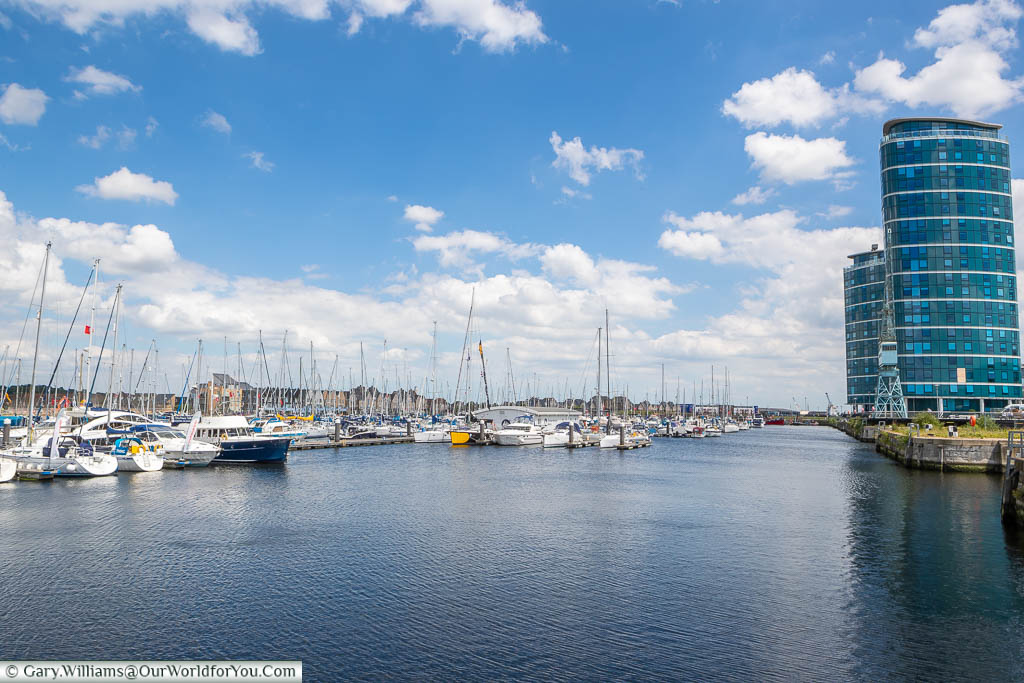
If you have a designated driver, I suggest you visit the Copper Rivet Distillery located in an old historic pump house on the shores of the River Medway.
At the Copper Rivet Distillery, you can sample locally produced gins, vodka and whisky.
Where to stay in Chatham
To visit in Chatham
- Enjoy a tipple at the Copper Rivet Distillery in Chatham Maritime Marina.
- Explore the historical site of Fort Amherst, all the family will love it, and it’s free to visit.
- Visit the CWGC Chatham Naval Memorial, a touching tribute to the seafarers who lost their lives with no known grave
Stepping back in the car and we’re off to our penultimate destination, the historic town of Rochester.
Just another 3 miles (5km), hop, skip and a jump, and we’re in Rochester; this ancient town is overflowing with history.
Starting with the beautiful 7th-century cathedral, with tales to divulge from the Anglo Saxons, through the medieval period and up to the present day. In 2004, Rochester Cathedral celebrated its 1400th anniversary.
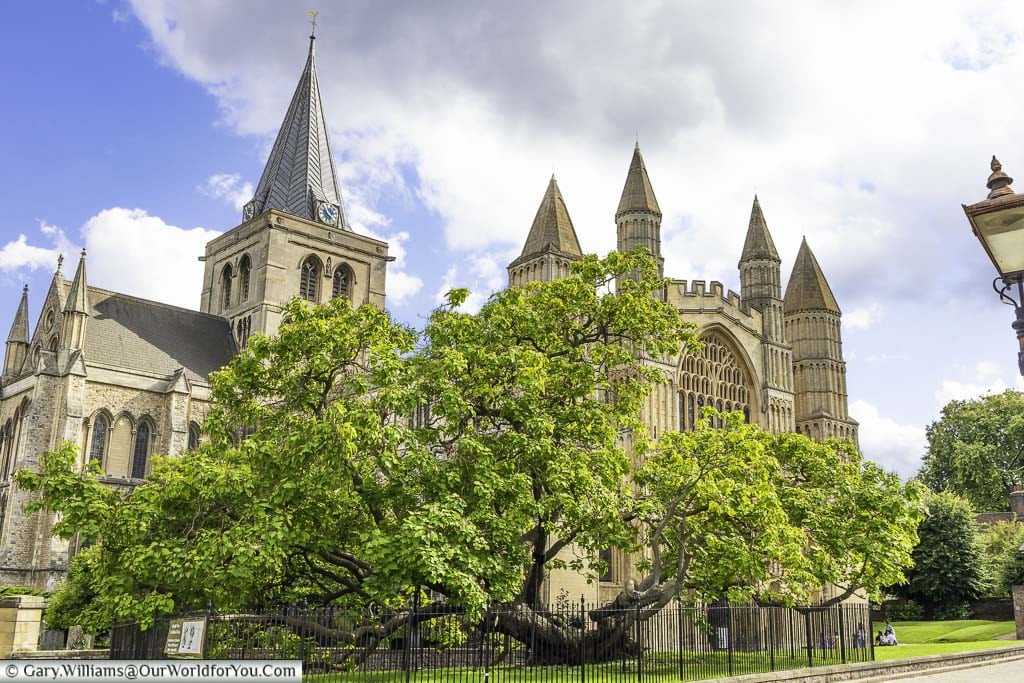
The Diocese of Rochester is the second oldest in England after its elder sister in Canterbury, a few miles further into Kent. Along with Rochester Cathedral, a cathedral school was established in 604AD to train priests. Making King’s School the second oldest continually operating school in the world.
Just an arrow throw from Rochester Cathedral is the historic 12th-century Rochester Castle, sitting high above the River Medway, it’s keeping an eye out for ne’re-do-wells sailing along the river.
Rochester Castle is managed by English Heritage; however, entry is free into the castle grounds. So, grab a picnic and enjoy the Kent sunshine in the shadow of this magnificent keep. You may even spot that the ancient fortress has three square towers; the other is round.
Again, we have created a little YouTube video of Rochester, something else to check it out if you want?
Why not subscribe to our YouTube channel and get the latest clips as we post them?
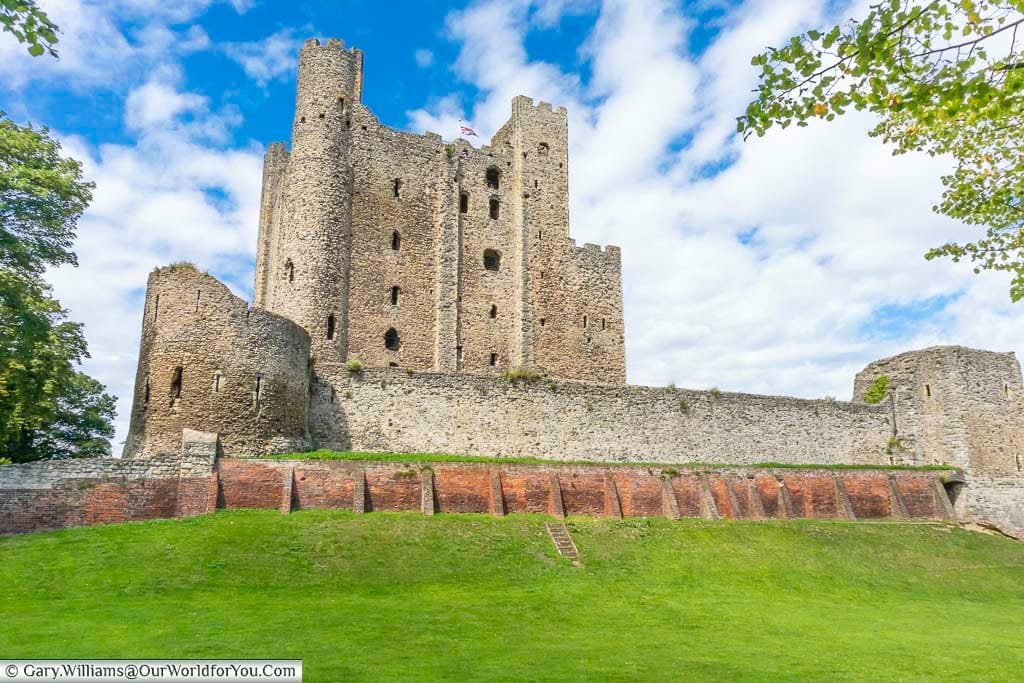
Back on the Charles Dickens trail, and Rochester has so many links with this incredible author. Charles Dickens lived in Medway for almost 20 years and referenced Rochester in a few of his novels, notably the Pickwick Papers, Great Expectations the Seven Poor Travellers.
Throughout Rochester High Street, there are references to Charles Dickens and has a charming Dickensian feel about it.
Where to stay in Rochester
To visit in Rochester
- Explore Rochester Castle and climb amongst the historic turrets and ramparts.
- Visit the ancient site of Rochester Cathedral,with centuries of history echoing all around.
- Enjoy free admission to the 17th-century Rochester Guildhall Museum and the new Charles Dickens exhibition.
- Discover Restoration House and Gardens, a medieval city mansion in the heart of Rochester, and the home of Miss Havisham in Dickens novel “Great Expectations”.
Just a 4-mile (6.4km) hop, and we’re following the River Medway south and heading to All Saints Church in the village of Wouldham.
On reaching our final destination along Wouldham High Street, this stopover is reasonably brief. We are popping into the churchyard of All Saints Church, Wouldham, to visit Walter Burke's headstone.
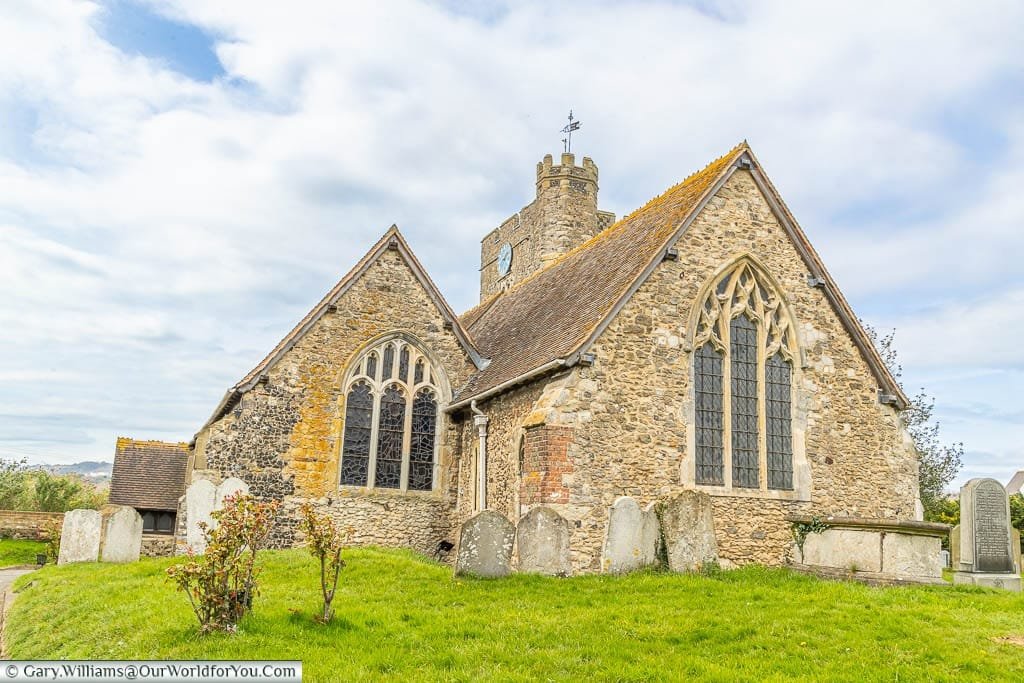
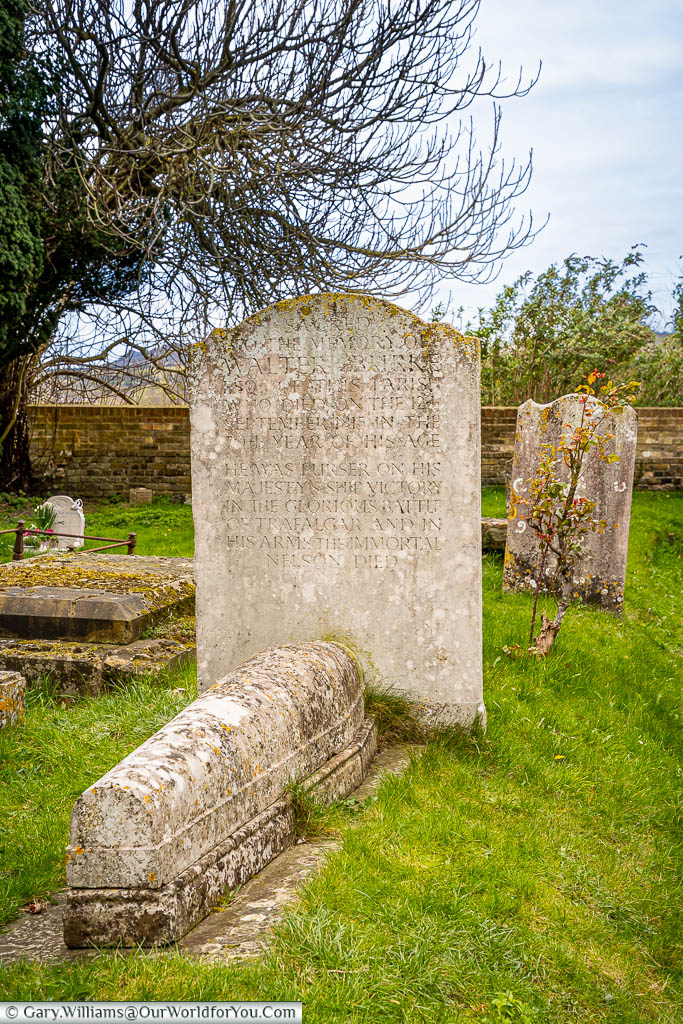
I must admit I am a little fascinated with churchyards. As there are so many intriguing stories and tales that lie behind the shadow of gravestones, and Walter Burke’s is no exception.
Purser Walter Burke was the oldest serving officer on HMS Victory and one of the few gentlemen at Lord Nelson’s side when he passed away on 21st October 1805.
Walter Burke spent the remainder of his life in a sleepy part of Kent, on his headstone it reads:
Sacred to the Memory of Walter Burke, Esq, of this Parish, who died on the 12th of September 1815 in the 70th year of his age. He was Purser on His Majesty's Ship Victory in the glorious Battle of Trafalgar, and in his arms, the immortal Nelson died.
Our videos of the Medway Road Trip
* This post may contain links to affiliated sites where we earn a small commission at no additional charge to you.
